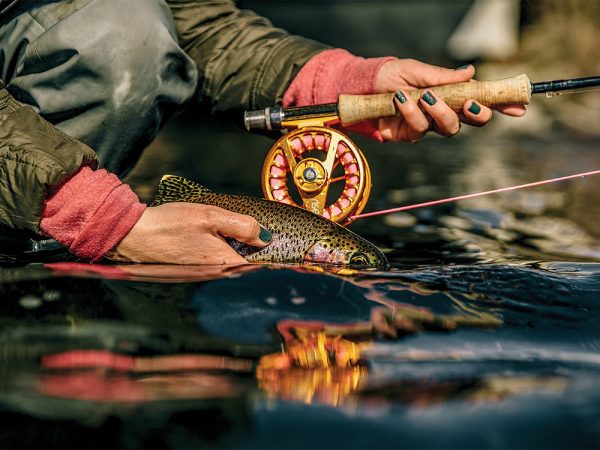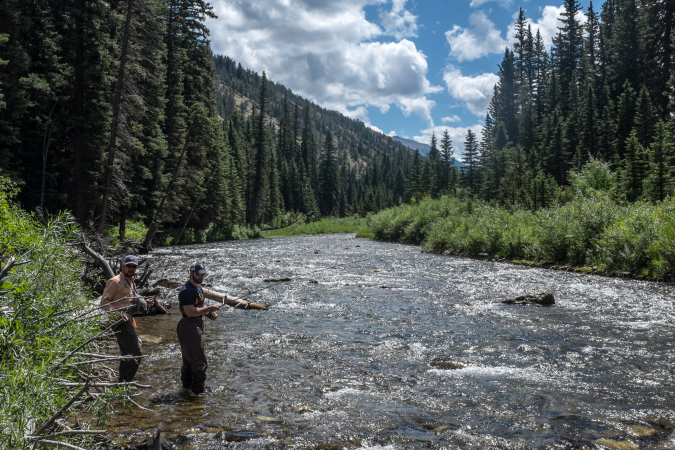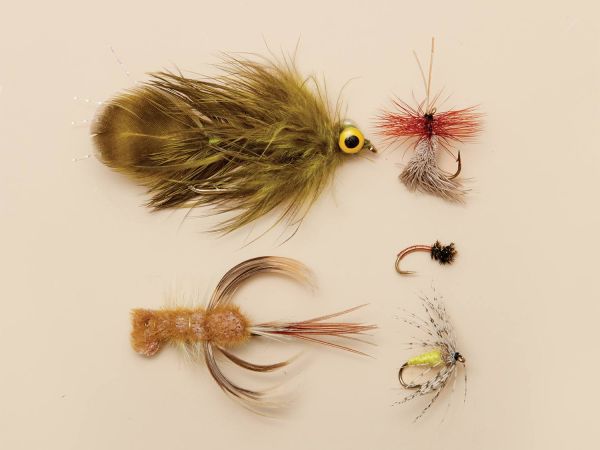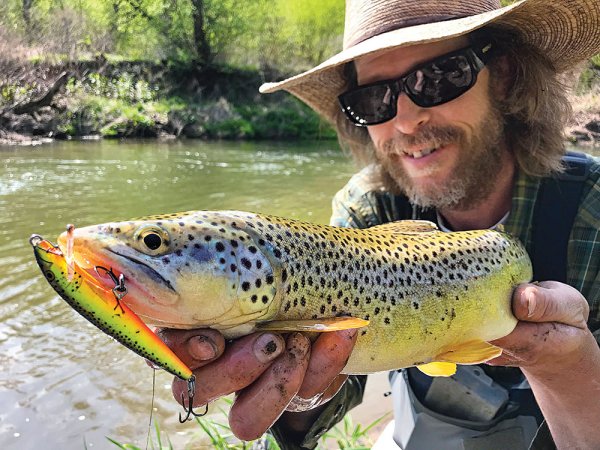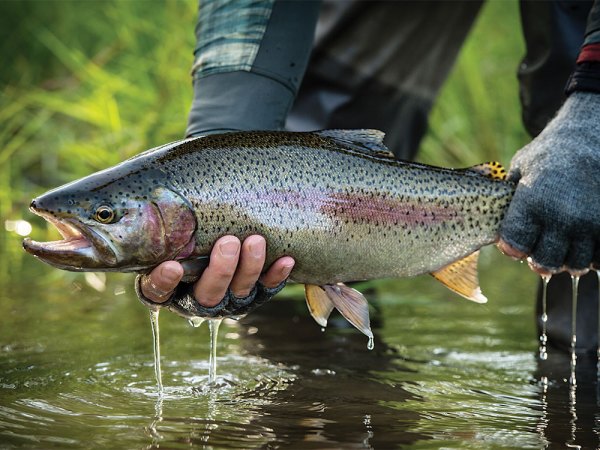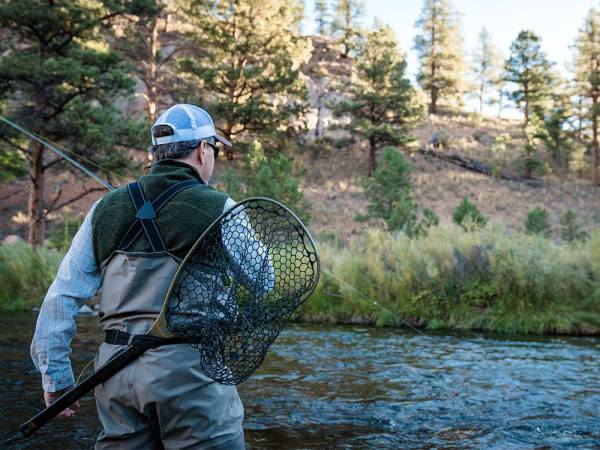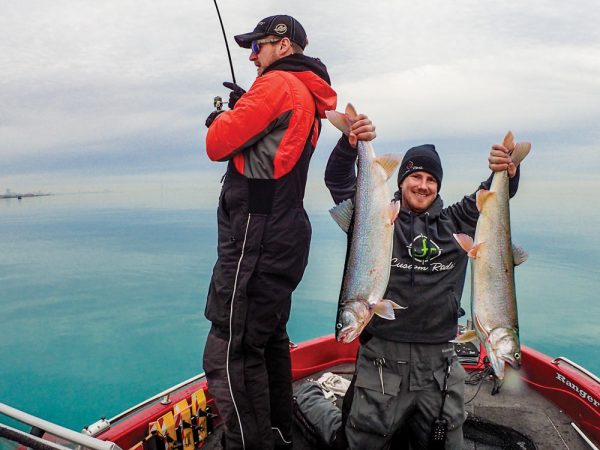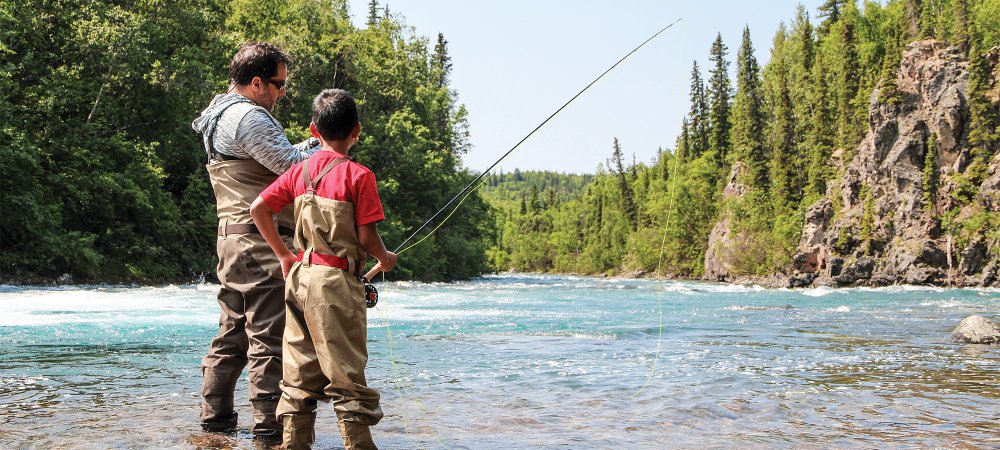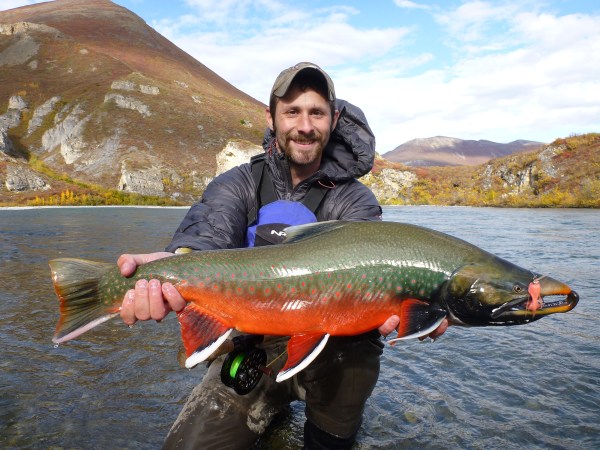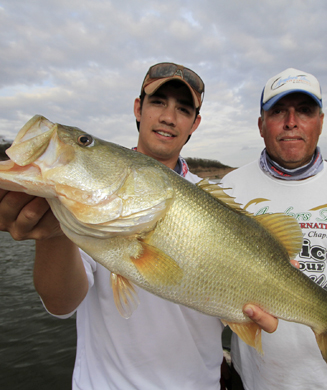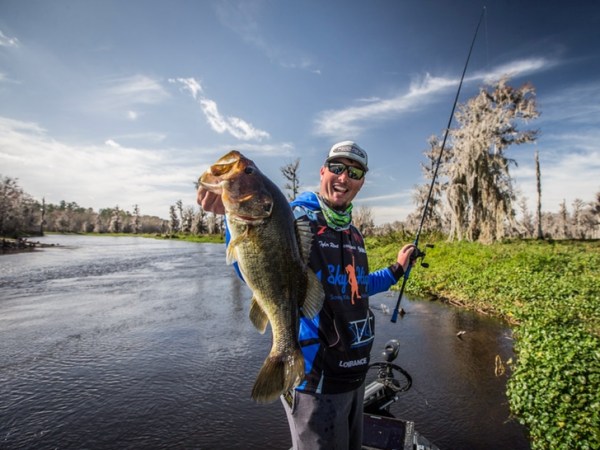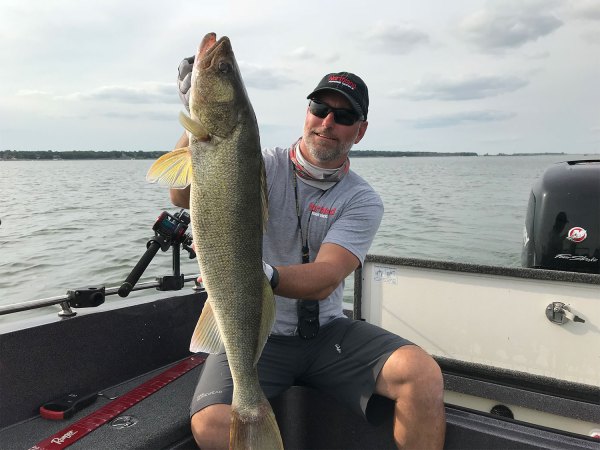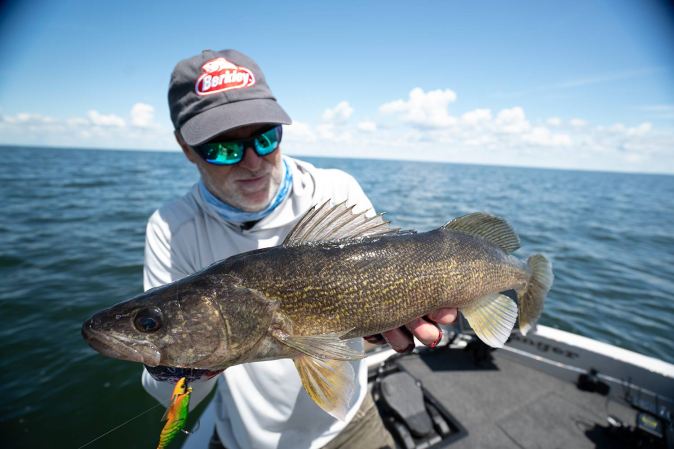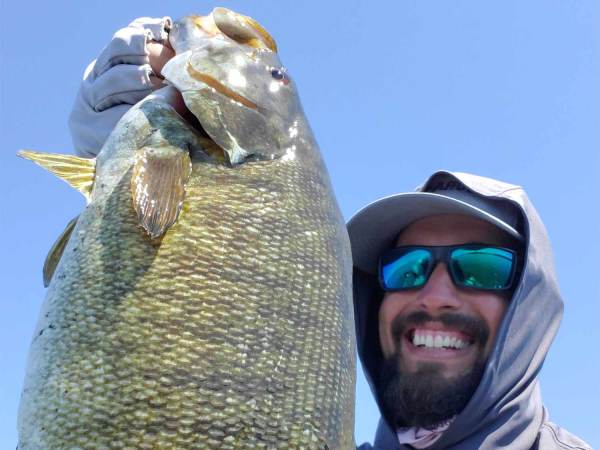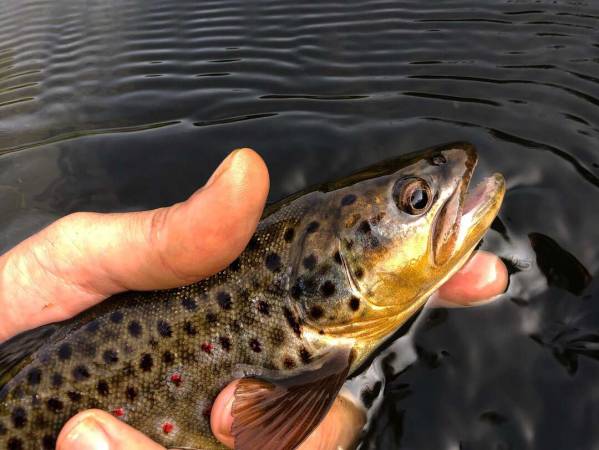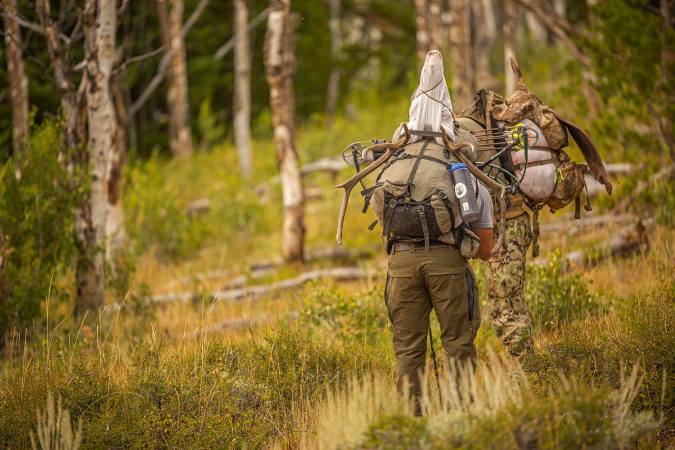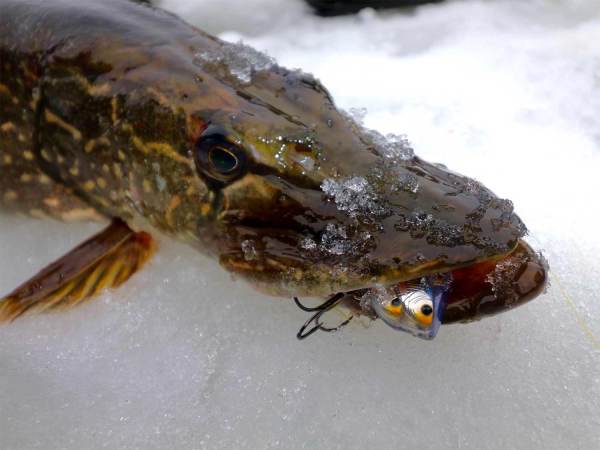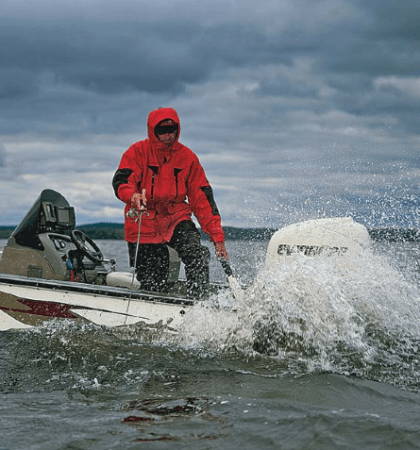Fourth of July weekend is the unofficial start of the high-country fishing season in Utah, along with many other Western states. Most high elevation trails are clear of snow by this point, allowing backcountry anglers seeking solitude and willing fish to explore the hundreds of alpine lakes that are inaccessible for most of the year. These remote water bodies can be chock full of fish, but many of them don’t have naturally reproducing trout populations and they rely on state-funded stocking programs instead. That’s where the Utah Division of Wildlife Resource’s airplanes come into play.

Like miniature bombers carrying a different sort of payload, the DWR’s Cessna 185 Skywagons are fitted with oxygenated water tanks that can carry up to 10,000 trout fingerlings at a time. Cruising at 70 to 80 mph over the alpine lakes that dot the Wasatch and other mountain ranges, wildlife pilots can flip a switch in the cockpit and drop their payloads from 100 feet or more above the water.
Seeing a cloud of cutthroat trout being dropped from the belly of an airplane is a sight to behold—even from behind a computer screen. But according to DWR Chief Pilot Craig Hunt, more than a few lucky anglers have been able to witness this event in person.
“It’s surprising how many people fish these lakes that are way out of the way,” Hunt explains in a recent Wild podcast. “I’ve actually hit ‘em with fish before. We’ll come around a corner, you know, and I’m looking at the terrain trying to setup how I’m approaching the drop—and next thing you know, there they are.”
Hunt, who’s worked as a wildlife pilot for the Division for the past 22 years, says that Utah typically runs its aerial stocking program from late June until the third week of July. He says they’ve been stocking lakes this way for the duration of his career. And looking into the history of the program, the Utah DWR has been dropping trout bombs in remote mountain lakes for even longer than that.
The History and Science Behind Aerial Trout Stocking in Utah
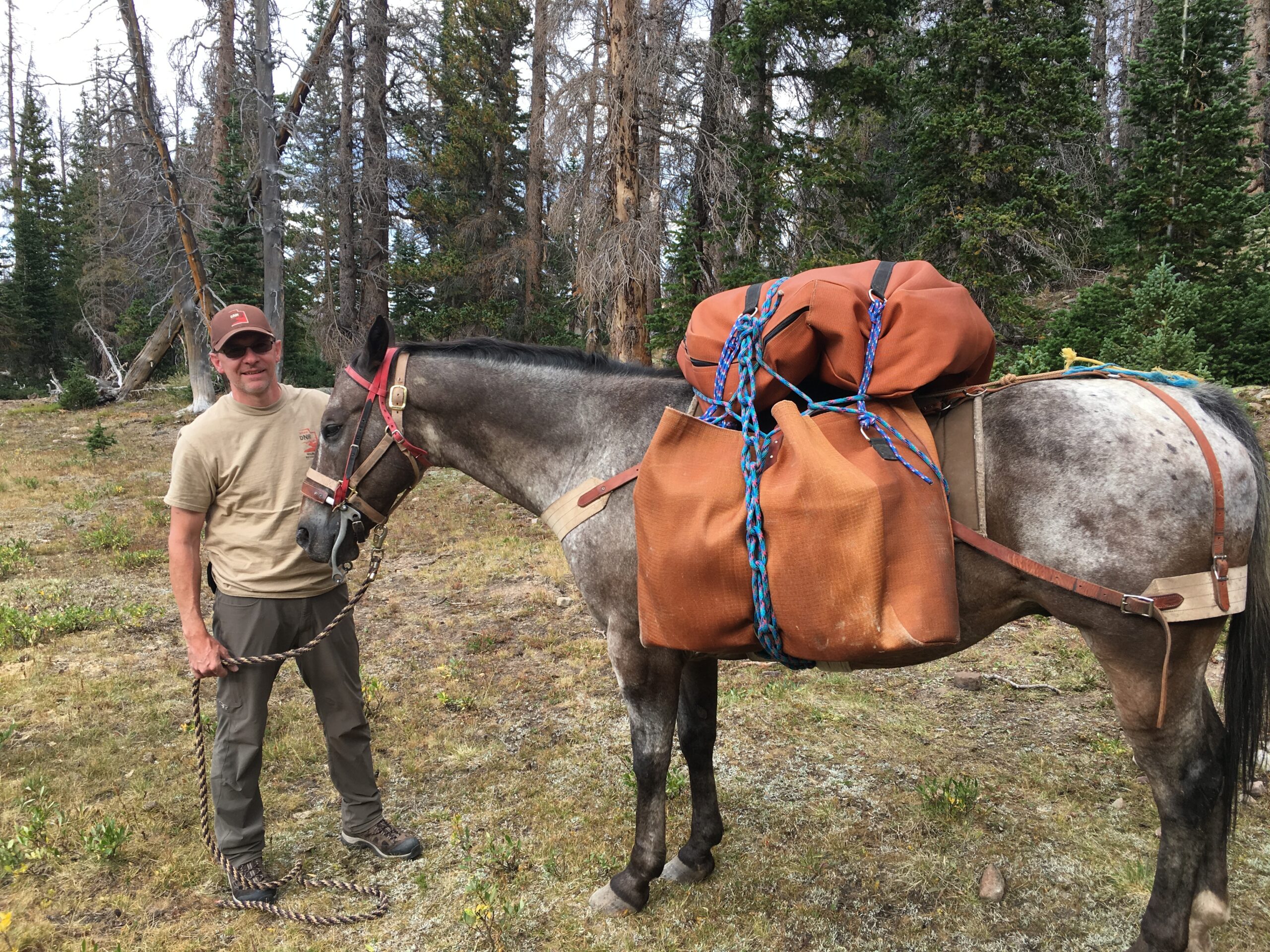
Stocking fish with airplanes has been a common practice throughout the Mountain West for more than half a century, and Utah began experimenting with aerial stockings as early as 1956, according to the DWR. Before that, state agencies relied exclusively on mules and backpackers to carry fingerling trout into the backcountry.
These programs still exist in some states, where hardcore hikers are willing to hump oxygenated tanks up miles of trail and climb well above the tree line to deliver the goods. But over time, the agencies learned that this strategy, while rewarding for some, isn’t nearly as time- or cost-effective as using airplanes to do the work.
“We can aerially stock 40-60 lakes in a single day,” the DWR explains on its website. “So even if we could access all of these lakes via roads, aerial stocking would still be a more cost-effective alternative.”
People watching these aerial stockings for the first time often wonder why the fish aren’t hurt or killed when they’re dropped from such a high elevation. But when you’re dropping a one- to three-inch fish from 100-200 feet in the air, the laws of physics are actually on your side.
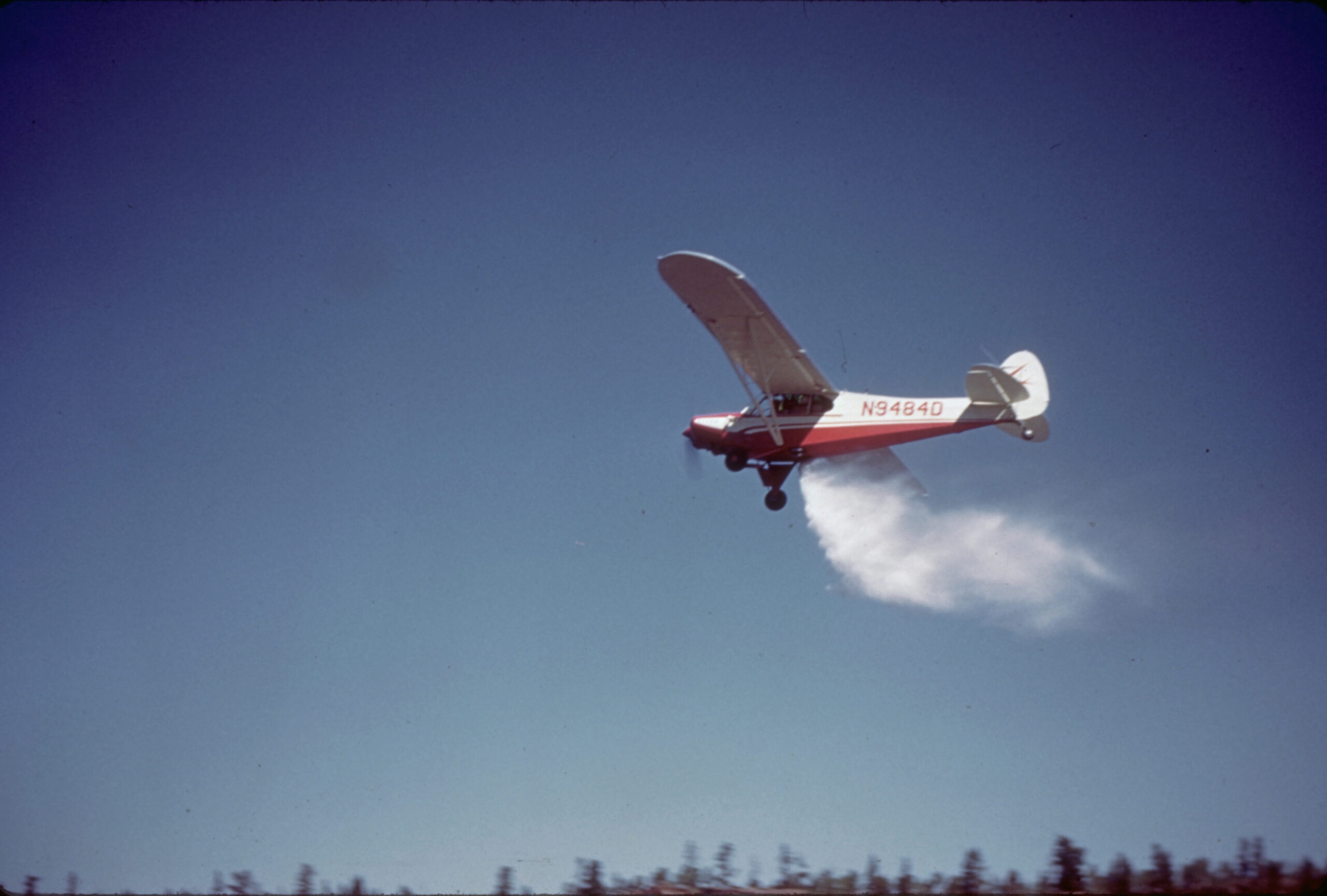
Each of these fingerlings is practically weightless—weighing .07 pounds or less—and the air slows their drop enough for them to land relatively softly on the lake’s surface. To prove this, DWR biologists have conducted surveys within minutes of aerial drops, and they’ve determined that survival rates are high.
The Division stocks several different trout species in these high-mountain lakes, including native cutthroats and introduced species like brookies, rainbows, and goldens. The stockings take place every summer in some lakes, while others are on a three- to five-year rotation.
Altogether, the agency uses airplanes to stock at least 300 different lakes across Utah on an annual basis. It’s been an extremely successful program that provides a bounty of opportunities for high-country anglers, and the DWR doesn’t plan on stopping anytime soon.
“We’ve had pretty good success with what we’re doing and that’s why we’re still doing it,” Hunt says. “You don’t fix something that’s not broke.”


